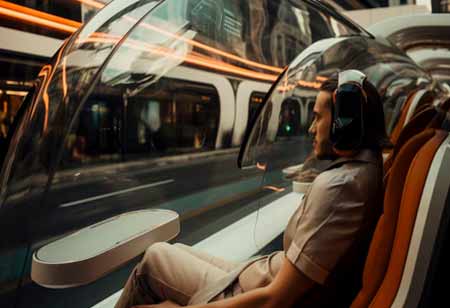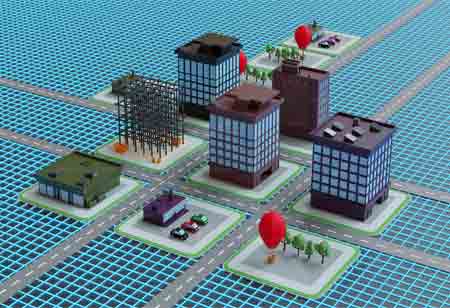Thank you for Subscribing to Gov Business Review Weekly Brief
The Future of Public Transportation: Key Trends to Watch
Transit technology is evolving with electric vehicles, autonomous systems, AI, MaaS, and smart infrastructure, promoting sustainability, efficiency, and convenience.

By
Gov Business Review | Thursday, July 10, 2025
Stay ahead of the industry with exclusive feature stories on the top companies, expert insights and the latest news delivered straight to your inbox. Subscribe today.
Fremont, CA: Transit technology is rapidly evolving due to innovation, sustainability, and user-friendly solutions. Electric and autonomous vehicles, innovative infrastructure, AI integration, and mobility platforms play key roles.
One of the most pressing trends in transit technology is the shift toward electric and sustainable transportation systems. With the global focus on reducing carbon emissions and combating climate change, many cities and companies are investing in electric public transport options. Electric buses, trams, and trains are becoming increasingly popular in urban areas.
Many transit fleets are switching from diesel and gas-powered buses to fully electric models. Cities like Los Angeles, London, and Shenzhen have already begun transitioning their bus fleets to electric, significantly reducing air pollution and maintenance costs.
Charging infrastructure for EVs is rapidly expanding. Innovations in wireless charging, fast-charging stations, and battery-swapping technologies are making electric transportation more viable for individual consumers and public transport systems.
Autonomous vehicles, or self-driving cars, are among the most exciting developments in transit technology. The introduction of AVs could dramatically change public transit systems. Self-driving buses and shuttles are already being tested in several cities, offering on-demand services that can optimize real-time routes based on demand. Autonomous vehicles can also reduce traffic congestion, improve road safety, and provide personalized transportation options.
Mobility-as-a-Service is gaining momentum, especially in urban centers where congestion and pollution are significant concerns. Through a single application, users can plan, book, and pay for multiple modes of transportation, such as buses, trains, shared rides, and even bike-sharing systems.
MaaS is designed to offer flexibility, convenience, and cost-efficiency. Users can select the most suitable transportation options based on real-time data, including weather conditions, traffic, and personal preferences. For example, if a bus route is delayed, the app can suggest an alternative route using a shared electric scooter or a ride-hailing service.
AI and big data are increasingly significant in optimizing transit systems. Through advanced algorithms and real-time analytics, transit authorities can gather insights on traffic patterns, passenger behavior, and route efficiency to make data-driven decisions.
AI-powered systems manage fleet operations, predict maintenance needs, and improve scheduling. For instance, AI can analyze data to anticipate when buses or trains will be overcrowded and suggest adjustments to service frequencies accordingly. Predictive maintenance powered by AI helps reduce downtime by detecting mechanical issues before they lead to costly failures. Smart sensors and cameras integrated into public transport networks also gather valuable data, which helps enhance safety, security, and efficiency.
More in News






